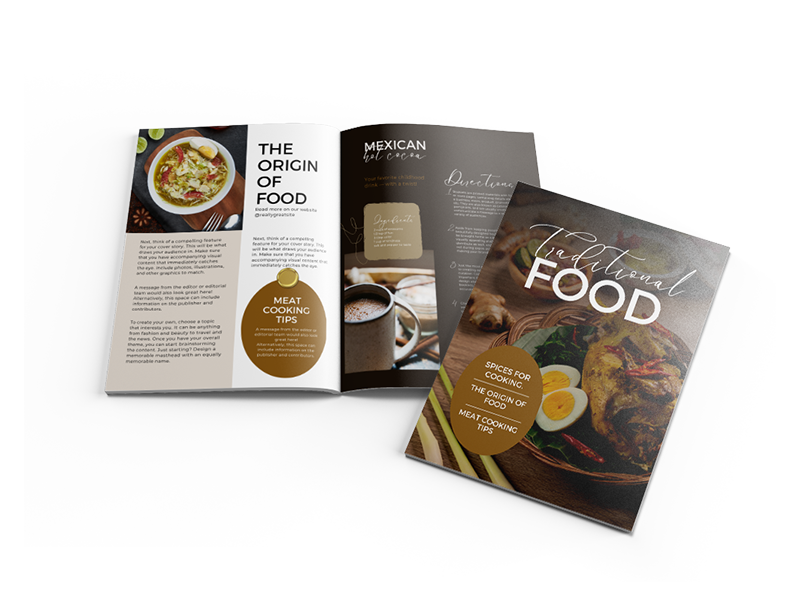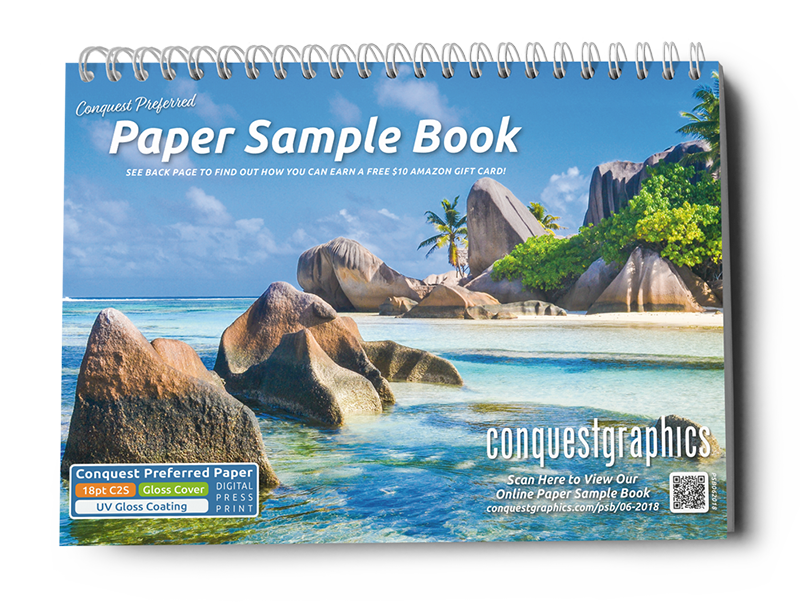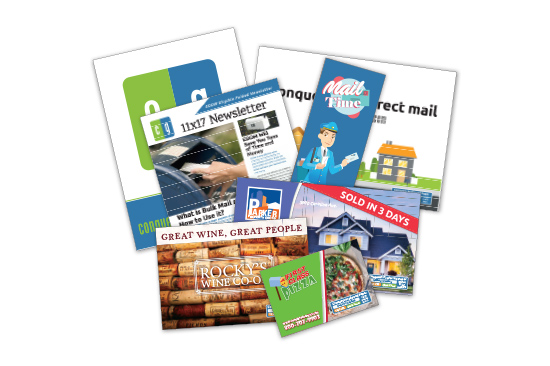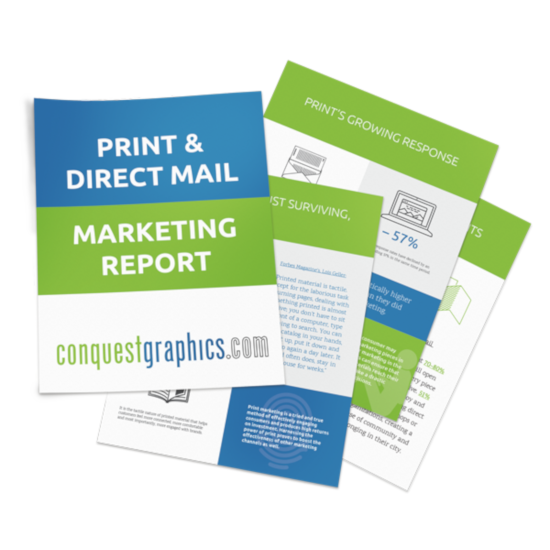Outlining is crucial in creating a catalog. Gather and organize your content before laying out your design from the front cover to the back. Your content should include images, products, services, company information, testimonials, table of contents, and contact information. A well-structured outline ensures that every element aligns with your intended purpose, making managing your catalog's content easier.

Front Cover
Your catalog's cover is the first thing your audience will see, and it will be the deciding factor in whether they engage with it or toss it aside. The cover should be eye-catching and persuasive enough to entice your audience to pick it up and flip through the pages.
Consider the design elements and messaging you will use to create an effective catalog cover. Make sure to include your brand's name, vibrant colors, imagery that aligns with your brand's identity, and intriguing language that speaks to your target audience.
Table of Contents
No matter the size of your catalog, a table of contents or index is essential in helping your readers navigate its pages.
A well-crafted table of contents will show your audience that you value their time and interests. It serves as a roadmap that guides them to the pages most relevant to their needs, making the catalog browsing experience more enjoyable. Including a user-friendly table of contents can enhance your readers' engagement with your catalog, thus driving more sales and revenue.
Introduction Pages
Catalogs are like books; they tell a story and help introduce your brand and its message to your readers. An introduction is essential to any good book, and it is no different for catalogs.
For catalogs selling and listing products or services, the introduction pages are a perfect place to include advertisements and promotions to excite the reader about the following pages. These pages can also act as advertising space for informational catalogs and other types of catalogs, but that might not always be the best option. In this case, the introduction pages are the perfect place to include a summary of who your brand is or any intriguing content that grabs the reader's attention and moves it further.
Main Content

To create the main content section of your catalog, you must identify the key products, services, or company details you want to showcase. Begin by determining the main categories or themes you want to focus on and gather all the necessary information, such as descriptions, product specifications, and images. You can collect additional content, such as case studies, testimonials, or paid ads.
As you gather your content, plan out the flow of your pages. Each page should emphasize the content or products you want to prioritize so your audience can easily engage. To provide an organized and efficient experience, segment your pages and content based on your table of contents.
Final Pages
The final pages of your catalog are where you can tie everything together to create a lasting impression on your audience. You can use this space to strengthen your brand image and remind your readers of why they engaged with your catalog in the first place. Including customer reviews or stories about your company is a great way to build trust. You could use this space to provide contact information, your website details, or social media handles to encourage further engagement with your brand.
Guide For How to Order
Catalogs are an excellent way for shoppers to discover new products and make informed purchasing decisions from the comfort of their own homes. While order forms mailed in have become less common in catalogs, they can still be useful tools for some readers who may not be tech-savvy. Even if you choose to include an order form, be sure to include a website URL or QR code on the last page of your catalog. This will make it easy for readers to visit your website to learn more or place an order online. A recent survey showed that 60% of shoppers who received a catalog visited the website of the company that sent the catalog. So, it's important that you make it as easy as possible for readers to visit your website from your catalog.
Back Cover
While the front cover is important for grabbing your audience's attention, the back cover of your catalog is equally important for providing a great first impression. When gathering the content for the back cover, consider including information and design elements that complement the front cover and provide insight into the products or services inside.









